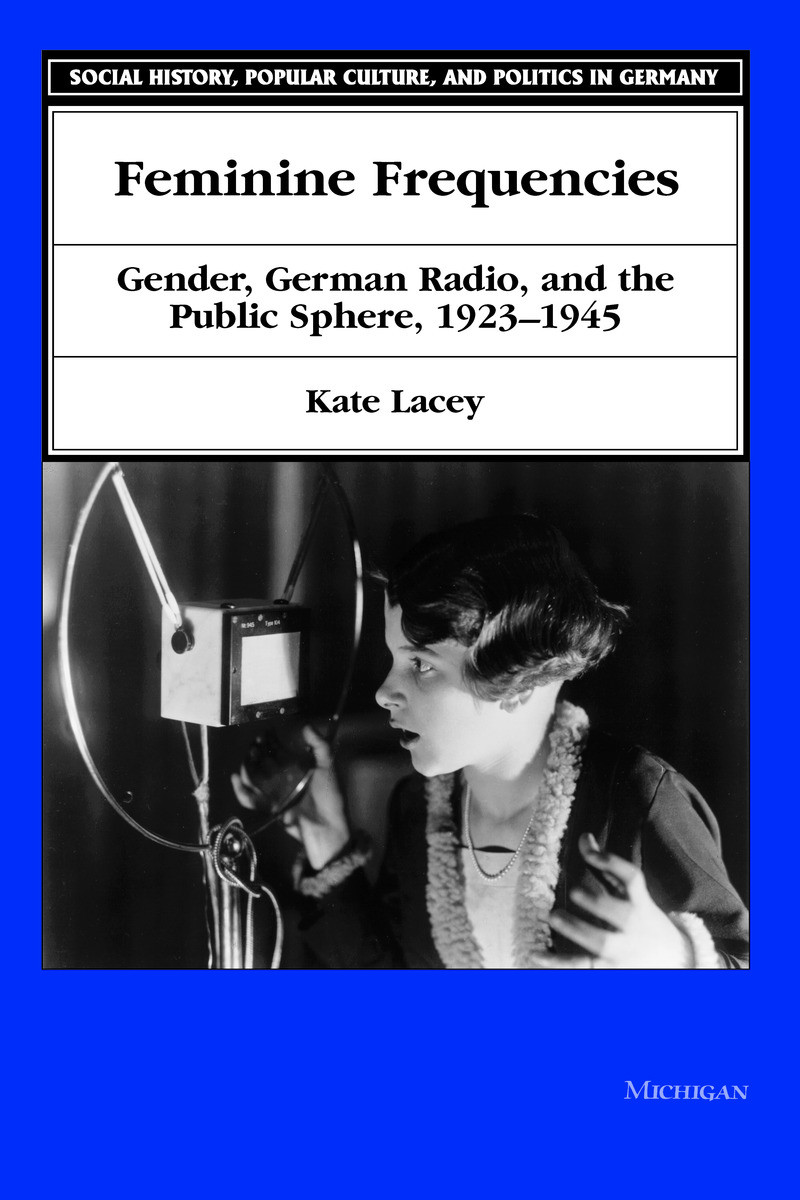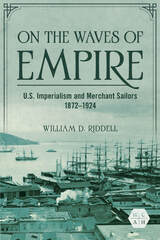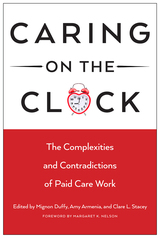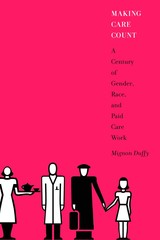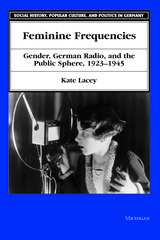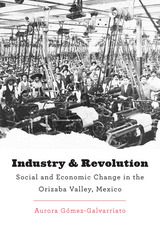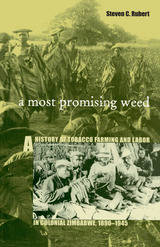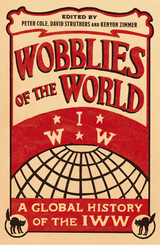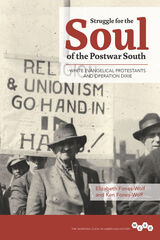Feminine Frequencies: Gender, German Radio, and the Public Sphere 1923-1945
University of Michigan Press, 1996
Cloth: 978-0-472-09616-9 | Paper: 978-0-472-06616-2
Library of Congress Classification HD8039.T382G356 1996
Dewey Decimal Classification 384.54082
Cloth: 978-0-472-09616-9 | Paper: 978-0-472-06616-2
Library of Congress Classification HD8039.T382G356 1996
Dewey Decimal Classification 384.54082
ABOUT THIS BOOK | REVIEWS | REQUEST ACCESSIBLE FILE
ABOUT THIS BOOK
The years following World War I in Germany saw the simultaneous emergence of radio as a public medium entering the private sphere of the home and the large-scale emergence of women entering the public sphere of politics and production. In Feminine Frequencies, Kate Lacey examines the mutual implications of these important developments and provides a distinctive analysis of radio in the Weimar Republic and the Third Reich which not only restores women to the history of radio, but identifies and investigates the impact of gender politics on the development of German broadcasting.
At the heart of the book is an exploration of radio programming for women from the mid-1920s to the end of World War II. Largely through the Frauenfunk, radio transformed women's domestic life, mediated women's experience of modernity and war, and worked to integrate women into the modern consumer culture, the national economy, and eventually the "national community" of the Volksgemeinschaft. At the same time, decisions about how that programming was to operate influenced the way radio was conceived as a broadcast rather than an interactive technology.
Ultimately, the cultural practice and propaganda of the Third Reich were anticipated in and enabled by the legacy of broadcasting in the Weimar Republic. Feminine Frequencies confronts the consequences of a missed opportunity to harness the democratic potential of a new medium of communication.
Based on original archival research, and interdisciplinary in approach, this book will be of great interest to students and scholars in German studies, women's studies, and media studies.
Kate Lacey is Lecturer in Media Studies, School of European Studies, University of Sussex.
At the heart of the book is an exploration of radio programming for women from the mid-1920s to the end of World War II. Largely through the Frauenfunk, radio transformed women's domestic life, mediated women's experience of modernity and war, and worked to integrate women into the modern consumer culture, the national economy, and eventually the "national community" of the Volksgemeinschaft. At the same time, decisions about how that programming was to operate influenced the way radio was conceived as a broadcast rather than an interactive technology.
Ultimately, the cultural practice and propaganda of the Third Reich were anticipated in and enabled by the legacy of broadcasting in the Weimar Republic. Feminine Frequencies confronts the consequences of a missed opportunity to harness the democratic potential of a new medium of communication.
Based on original archival research, and interdisciplinary in approach, this book will be of great interest to students and scholars in German studies, women's studies, and media studies.
Kate Lacey is Lecturer in Media Studies, School of European Studies, University of Sussex.
See other books on: Broadcasting | Employees | Gender | Mass media and women | Radio broadcasting
See other titles from University of Michigan Press
